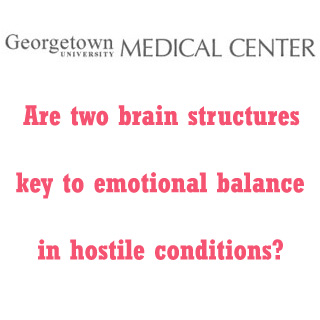
The researchers have lately found that triggering a primeval brain region, the deep layers of superior colliculus (DLSC) may bring out protective behaviors like an overstated surprise, hypervigilance, cringing and escape. Researchers mention it could be likely that an extended launch of this defense system may result in emotional disorders.
The GUMC scientists mentioned that in addition to activating defensive behaviors, the triggering of DLSC could result in a reduction in affiliative social interactions. Usually, social interactions are believed to be a sphere of the amygdala, an area known to function closely with high-level executive structures to control emotional processes. The researchers are of the opinion that there seems to be no information about probable communications between the amygdala and DLSC for adapting social and emotional responses. They decided to attempt in concurrently generating DLSC while restraining the amygdala. In doing so, they found that the manipulations annulled each other out.
Ashley Decker, a research assistant in the pharmacology department at GUMC, and now a student at the Georgetown University School of Medicine, commented, “These results suggest that the amygdala and DLSC interact to modulate emotional and social behaviors, either directly, or indirectly by converging on a common target in the brain.â€
Ashley Decker added that the understanding of the functional interaction between these two brain structures is expected to reveal novel targets for therapeutic intervention for post traumatic stress disorder and other anxiety disorders.
The research was presented at the 39th annual meeting of the Society for Neuroscience.
